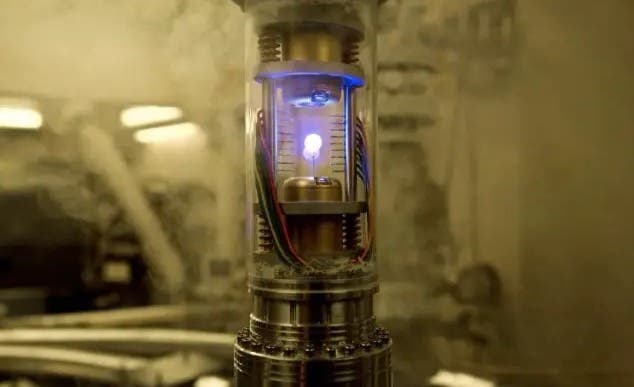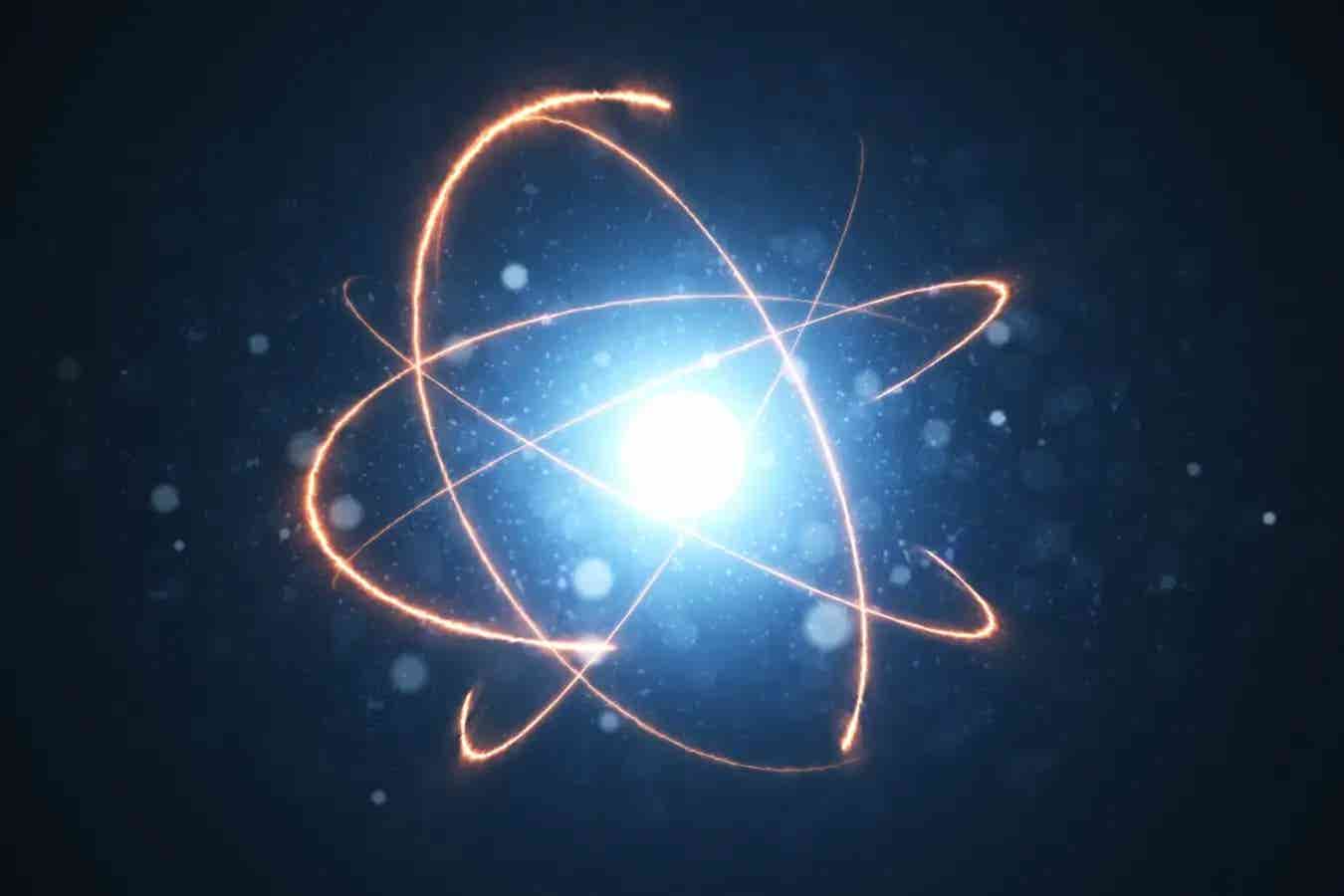Earth’s most expensive substance costs an unbelievable $62 trillion per gram
A substance far more esoteric and infinitely more expensive than diamonds lies hidden in the sanctums of cutting-edge physics

[Nov. 20, 2023: JD Shavit, The Brighter Side of News]
With its jaw-dropping valuation at approximately $62.5 trillion per gram, this substance demands the world's attention. (CREDIT: Creative Commons)
When it comes to earthly riches, most people envision dazzling diamonds, molten gold veins, and rare earth minerals. Yet, beyond this tangible treasure trove, a substance far more esoteric and infinitely more expensive lies hidden in the sanctums of cutting-edge physics: Antimatter.
With its jaw-dropping valuation at approximately $62.5 trillion per gram, this substance demands the world's attention, not for its beauty, but for its astonishing properties and the potential it harbors.
The word 'expensive' might spark thoughts of luxury yachts, sprawling estates, or, more humorously, the pricelessness of love. But few would guess that an elusive substance formed in the underground circuits of particle accelerators could wear this crown.
Unearthed minerals and gems hold no candle to antimatter when we delve deep into its creation, which is neither mined nor extracted but is, instead, a product of human ingenuity and relentless scientific pursuit.
Related Stories:
To begin with, what is this elusive and costly antimatter? The very stuff our universe is built on - matter - consists of particles we've long understood, namely protons, electrons, and neutrons. However, a groundbreaking revelation came in 1930 when physicist Paul Dirac introduced the world to the notion of 'antiparticles'. These were not just theoretical musings.
Dirac's work led to the discovery of the positron or antielectron, a particle with identical mass to the electron but with an opposing charge. Following the same logic, antiprotons and antineutrons were identified as the antithesis to their regular matter counterparts.
As poetic as the dance of yin and yang, matter and antimatter engage in a spectacular tango. But this is a dance of mutual destruction. Their union leads to annihilation, giving rise to energy in a display that underscores Einstein's iconic E = mc². The energy emerging from a matter-antimatter annihilation dwarfs even the most explosive reactions we know, such as nuclear explosions. Its potential energy release, unimaginably more powerful than our most potent explosives, makes TNT seem trivial and places nuclear blasts in the shadows.
CERN’s Antimatter Decelerator (AD) is a unique antimatter factory that produces low-energy anti-protons for creating anti-atoms. (CREDIT: CERN)
Yet, the potential of antimatter isn't mere fantasy. Its unparalleled energy has the scientific community brimming with excitement and curiosity. However, harnessing its power is no trivial feat. The saga begins with the unassuming hydrogen atom, comprising one proton and one electron. Its antithesis, antihydrogen, plays a pivotal role in the tale of antimatter. Like matter’s Romeo and Juliet, the positron feels an irresistible pull towards the antiproton, mirroring the attraction between electrons and protons.
The creation of antihydrogen is a story of collisions and cosmic orchestration. History was made at the CERN super collider in 1995, where a significant breakthrough saw antiprotons smashing into xenon atoms, leading to the generation of positrons. These positrons, in turn, combined with antiprotons, culminating in the birth of antihydrogen.
Given antimatter's volatile nature, ensuring its stability became paramount. Scientists achieved a milestone by cooling antihydrogen to near absolute zero, thereby extending its life and minimizing its explosive tendencies.
Unraveling the staggering cost of antimatter brings us to the doorstep of technological marvels. The meticulous creation of antiprotons necessitates precision and innovation at the atomic level. This undertaking is brought to life in the sprawling circuits of particle accelerators like the CERN super collider, a 10-mile long behemoth.
The Fermilab accelerator complex accelerates protons and antiprotons close to the speed of light. (CREDIT: Fermilab)
Built over a decade with an investment of $4.75 billion, it houses 9300 state-of-the-art super-cooled magnets. Its operations, running at an astounding 99.99% of light's speed, consume a staggering 120 MW of electric power, tantamount to energizing an entire metropolis. With an annual running cost of $1 billion, where merely the electricity bill tallies up to $23.5 million, it’s no surprise that producing even a gram of antihydrogen is projected to take an almost mythical 100 billion years.
Antimatter, in its elusive glory, represents both a scientific marvel and an economic wonder. The hefty price tag it commands results from the perfect storm of cutting-edge technology, immense energy consumption, and the sheer tenacity of researchers. As we inch closer to unlocking the secrets of antimatter, one undeniable fact remains: true knowledge and potential come at a cost, and in the realm of antimatter, that cost is a staggering $62.5 trillion per gram.
For more science and technology stories check out our New Discoveries section at The Brighter Side of News.
Note: Materials provided above by the The Brighter Side of News. Content may be edited for style and length.
Like these kind of feel good stories? Get the Brighter Side of News' newsletter.
Joshua Shavit
Science & Technology Writer | AI and Robotics Reporter
Joshua Shavit is a Los Angeles-based science and technology writer with a passion for exploring the breakthroughs shaping the future. As a contributor to The Brighter Side of News, he focuses on positive and transformative advancements in AI, technology, physics, engineering, robotics and space science. Joshua is currently working towards a Bachelor of Science in Business Administration at the University of California, Berkeley. He combines his academic background with a talent for storytelling, making complex scientific discoveries engaging and accessible. His work highlights the innovators behind the ideas, bringing readers closer to the people driving progress.



